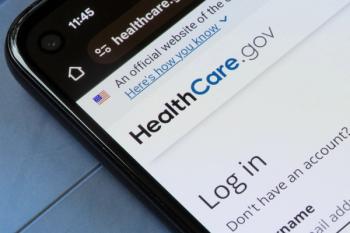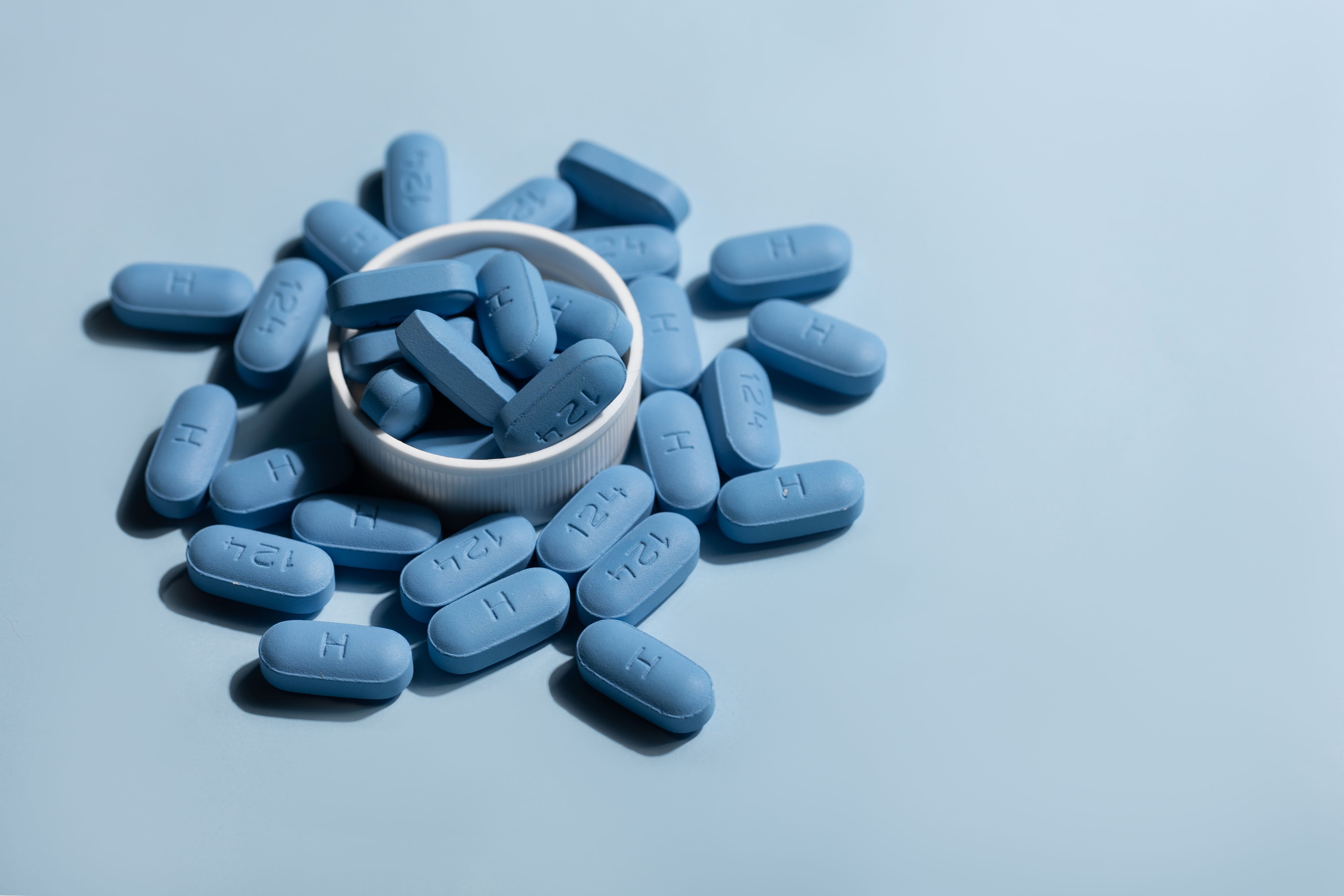
Health Care Delivery
Latest News
Latest Videos

Shorts








Podcasts
CME Content
More News

For the conclusion to this 4-part video series, tune in to learn the lessons each organization will carry forward from this pilot program experience.

The race of a telephonic care manager did not impact closure rates for gaps in care among Black Medicare Advantage beneficiaries.

Updated guidelines set lower systolic blood pressure goals, expanded risk-based treatment, and call for stronger implementation to close care gaps.

AI and digital tools are reshaping breast cancer care—from screening and trials to remote monitoring and lifestyle support.

Ochsner MD Anderson expands cancer care access in Louisiana through community partnerships, technology, and strong patient-physician relationships.

One-third of F32 grant recipients secure follow-up NIH K awards, fueling new biomedical discoveries and career growth.

Lead CML researcher discusses the evolution of a groundbreaking treatment and its effect on patient survival.

The trial did not meet its primary end point for reducing plaque progression.

Delgocitinib has emerged as a promising treatment for CHE, addressing unmet needs and enhancing understanding of this complex condition, notes Raj Chovatiya, MD, PhD, MSCI.

Combining 3 standard therapies into a single pill improved outcomes for adults with heart failure with reduced ejection fraction.

New research suggests stress cardiac MRI could help diagnose angina and improve quality of life for patients whose arteries appear clear on angiography.

Only 4% of NIH prevention projects target health disparities, revealing a major gap between equity research and real-world implementation.

Experts at AHA 2025 outlined how digital tools, inclusive trials, and safer deprescribing can reshape cardiovascular care for aging adults.

Remibrutinib shows promise in treating generalized myasthenia gravis, with ongoing trials assessing its efficacy and safety for patients.

This article provides insights into patterns of health care use following emergency department visits by high-need, high-cost patients with different types of California Medicaid primary care providers.

RPM may improve patient access to care, especially those with high-risk conditions, but not without a significant cost.

Medbridge is working to refine remote therapeutic monitoring, or RTM, to transform physical therapy and enhance patient care.

Confusion around how to verify work hours could leave millions unenrolled after the passing of the One Big Beautiful Bill Act.

A JAMA study found 30-day outpatient follow-up decreases hospital readmissions, especially for patients with heart failure and heart attack.

Young and frequently incarcerated individuals living with HIV require discharge planning and post release support to maintain viral suppression outcomes.

Breast cancer is the most researched disease globally, yet there are still significant gaps in equity and access to care and treatments.

Guideline-directed medical therapy used with remote monitoring can potentially reduce hospitalization in patients with heart failure with ejection fraction.

A new analysis from Komodo Health pinpointed significant disparities by age and insurance in antibody-drug conjugate (ADC) treatment rates for metastatic breast cancer.

Lisa Taylor-Swanson, PhD, explains how including Indigenous and Hispanic women in conversations around menopause care helps fine-tune interventions.

As open enrollment begins November 1, 2025, millions are signing up under enhanced subsidies that are set to expire at the end of this year.

















































